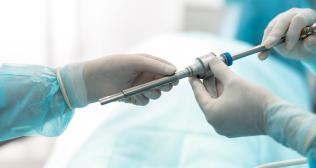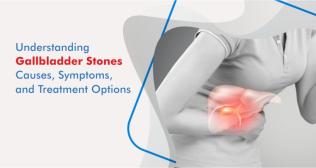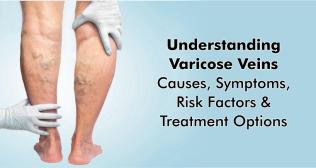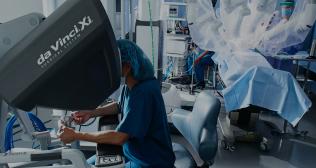
A Complete Guide to Hernia Repair
A Complete Guide to Hernia Repair
A hernia develops when an internal organ or tissue pushes through a weakened area of muscle or connective tissue. Most commonly occurring in the abdominal region, hernias can lead to serious health issues if not treated promptly. Fortunately, surgical repair is an effective and widely performed solution.
Selecting a skilled surgical team plays a crucial role in ensuring better recovery and successful treatment outcomes.
Types of Hernias
- Inguinal Hernia: Appears in the groin area and is more prevalent among men.
- Femoral Hernia: Located just below the groin, this type is more common in women.
- Umbilical Hernia: Occurs around the belly button, affecting both infants and adults.
- Hiatal Hernia: Happens when part of the stomach pushes up into the chest cavity through the diaphragm.
- Incisional Hernia: Develops at the site of a previous surgical incision.
Common Symptoms
- Noticeable bulge in the abdomen or groin region
- Discomfort or pain during activities like lifting, bending, or coughing
- A feeling of pressure or heaviness in the abdominal area
- In cases of hiatal hernia: symptoms may include heartburn, chest pain, and difficulty swallowing
Diagnosis and Evaluation
Diagnosing a hernia usually involves a thorough physical examination, sometimes supplemented with imaging tests such as ultrasound or CT scans. Consulting an experienced laparoscopic surgeon ensures accurate diagnosis and the formulation of an appropriate treatment plan tailored to the patient’s needs.
Treatment Options
1. Open Hernia Repair (Herniorrhaphy)
- This traditional surgical technique involves repositioning the protruding tissue.
The weakened area is strengthened using sutures and often reinforced with surgical mesh.
2. Laparoscopic Hernia Repair
- A minimally invasive procedure performed through small incisions using a camera.
- Surgical mesh is placed to support the weakened tissue.
- This method typically offers quicker recovery, less postoperative pain, and smaller scars.
Benefits of Surgical Repair
- Alleviates pain and discomfort caused by the hernia
- Prevents serious complications such as strangulation or bowel obstruction
- Restores normal function and enhances quality of life
- When performed by an experienced surgical team, the success rates are very high
Postoperative Care
- Avoid heavy lifting and intense physical activities for several weeks following surgery
- Gradually return to daily routines as healing progresses
- Attend regular follow-ups with your surgeon to monitor recovery
Tips to Prevent Hernias
- Maintain a healthy weight
- Strengthen core muscles through regular exercise
- Use proper lifting techniques to reduce abdominal strain
- Avoid smoking to minimize risk factors like chronic coughing
Conclusion
Hernia repair surgery is a safe and effective procedure that greatly improves patient health and comfort. Early diagnosis and timely intervention by an experienced surgical team are essential to prevent complications and ensure smooth recovery. Whether through open or laparoscopic methods, choosing a qualified hospital and surgeon significantly contributes to long-term success.
Categories
Clear allMeet the doctor

- General Surgery | General Surgery | General and Laparoscopic Surgery | General and Minimal Access Surgery | Robotic Surgery
-
20 Years
-
1100



















